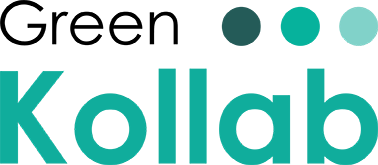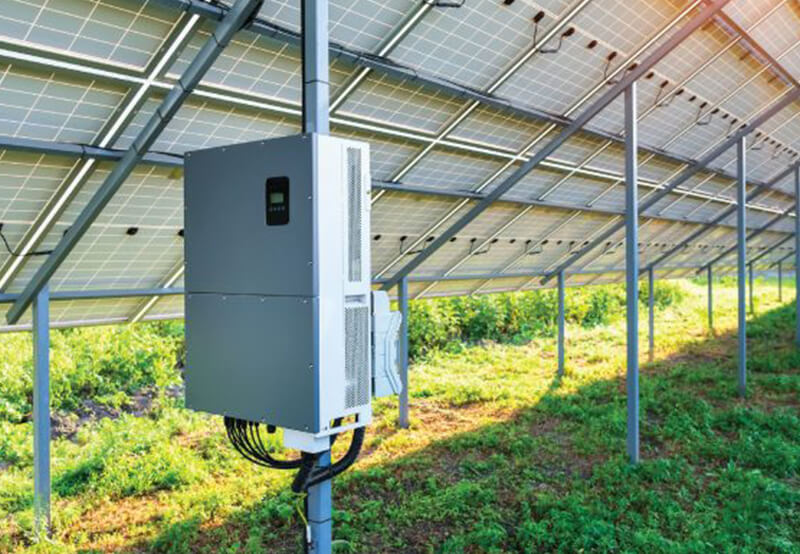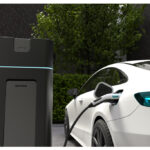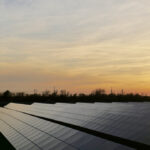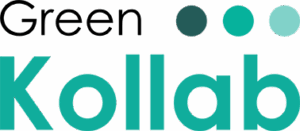Introduction
The transformation to renewable energy has positioned solar power as one of the best and most sustainable sources of energy at present. The solar inverter technology is at the center of any solar energy system, a cornerstone device that transforms the direct current (DC) from solar panels into the alternating current (AC) that can energize homes and businesses. With the increasing call for energy efficiency and easy integration with the power grid, there is a continued need for innovations in solar inverters.

Contemporary smart solar inverters are at the core of improving energy conversion, minimizing power losses, and providing a stable power supply. Whether used as part of a grid-tied solar system or an off-grid arrangement with solar battery backup, sophisticated inverters improve the efficiency and reliability of solar energy systems overall. This article explores the latest innovations in solar panel inverter technology, from AI-optimized to next-generation materials that maximize lifespan and efficiency.
Types of Solar Inverter Innovations
1. Advancements in String Inverters
String inverters are still in favor because of their affordability and easy installation. New developments have seen efficiency enhancing, with high-frequency transformers reducing energy losses. And, multi-MPPT function enables better harvesting of energy, particularly under shaded conditions, to achieve maximum power output from solar panels.
2. The Rise of Microinverters
Microinverters have acquired some popularity because of this capability of optimizing power yield at panel level. Microinverters, unlike conventional string inverters, use the strongest panel whereas traditional string inverters rely on the weakest panel. The technology is useful in large rooftops with changing angles and shading, which makes the most of the solar production.
3. Hybrid Inverters for Versatile Energy Management
Energy storage and distribution is being transformed by hybrid inverters. These inverters seamlessly integrate with solar battery backup systems, allowing homeowners to store excess energy for later use. Hybrid inverters are flexible and allow users to transition between the grid-tied and off-grid positions without any difficulties, which makes them also suitable in case of energy independence and the ability to withstand any power outage.
4. High-Efficiency MPPT Technology
Today inverters have superior MPPT algorithms which increase power extraction out of solar panels. Incorporating the optimization of MPPT and having the capacity to dynamically modulate the operating voltage and the current, the inverters become very efficient in conversion of the solar energy and even in unsteady sunlight conditions, the inverters can operate to keep an optimal performance.
Smart Grid Integration & AI in Solar Inverters
1. AI-Driven Optimization
Artificial intelligence is transforming solar inverter technology by enabling real-time energy management. The intelligent use of algorithms that utilize the power of AI examines weather, energy use, and demand on the grid to maximize energy conversion. This results in more efficiency, a reduction in cost and better grid stability.
2. IoT-Enabled Monitoring and Predictive Maintenance
The integration of IoT (Internet of Things) in smart solar inverters allows users to monitor performance remotely. IoT-smart inverters deliver real-time information on energy production and consumption and health. Also, predictive maintenance capabilities will sound alarm to the user on possible problems in advance, before they develop into much trouble, saving downtimes and repair budgets.
3. Bidirectional Inverters for Energy Storage and Smart Grids
The modern energy systems are revolutionized due to a bidirectional inverter. These inverters do not simply convert DC to AC, they will also enable energy to go back to the grid in the case that too much energy is being produced. This two-way energy transfer is crucial for grid-tied solar systems, enabling demand-response management and facilitating the integration of decentralized energy sources into the grid.
Enhanced Durability & Performance
1. Innovations in Heat Dissipation and Weather-Resistant Materials
Overheating is among the most significant challenges that solar inverters must overcome, leading to reduced efficiency and lifespan. New inverters are equipped with sophisticated heat dissipation technologies, including liquid cooling systems and enhanced ventilation designs. Moreover, weather-resistant materials utilize durability in harsh climates, ranging from hot heat to freezing temperatures.
2. Longer Lifespans and Self-Diagnostic Features
The latest solar panel inverters are designed for longevity, with lifespans exceeding 20 years. The self-diagnostic capabilities identify faults and adjust the performance to provide the best, minimizing the maintenance requirements. Through these innovations, the cost of operation is reduced, and reliability is enhanced so that homeowners and businesses can find solar energy superior to other sources of energy.
Future Trends & Market Outlook
1. Next-Generation Inverters and Solid-State Technology
The future of solar inverter technology lies in solid-state inverters, which promise higher efficiency, faster response times, and reduced energy losses. There is also research underway to combine silicon carbide (SiC) and gallium nitride (GaN) semiconductors, which can have higher performance than conventional silicon-based inverters.
2. The Role of Government Policies and Incentives
Policies and incentives created by the government are important in the adoption of solar. Subsidies, tax credits, and feed-in tariffs encourage investments in smart solar inverters and battery storage solutions. Going forward, we will also see more improvements in inverter technology to comply with the grid and energy efficiency requirements.
Conclusion
Technological innovation in solar inverters is defining the future of renewable power. From intelligent and AI-optimized solar inverters to increased longevity and integration of solar battery backup, solar energy is becoming smarter, more efficient, and cost-effective. As the market is moving towards solid-state inverters and smart grid infrastructure, the future of grid-connected solar systems is bright.
For homeowners, businesses, and energy professionals alike, understanding the latest inverter technologies is essential to maximise solar investments. Whether looking to upgrade your solar panel inverter or explore energy storage options, the new solar inverter world promises much for a smart, greener future.
Frequently Asked Questions (FAQs)
A solar inverter is a device that converts the direct current (DC) electricity generated by solar panels into alternating current (AC), which is used to power homes and businesses. It plays a crucial role in ensuring efficient energy conversion and grid compatibility.
The main types of solar inverters include string inverters, microinverters, and hybrid inverters. Each type has its advantages depending on the size, design, and requirements of a solar energy system.
A smart solar inverter is an advanced inverter equipped with artificial intelligence, IoT connectivity, and self-diagnostic features. It enhances energy efficiency, provides real-time monitoring, and supports grid integration.
Maximum Power Point Tracking (MPPT) technology optimizes the voltage and current levels to extract the maximum power from solar panels, significantly improving energy conversion efficiency.
Grid-tied inverters connect to the main power grid and allow excess energy to be sent back to the utility. Off-grid inverters work independently and require a battery backup system to store energy for later use.
